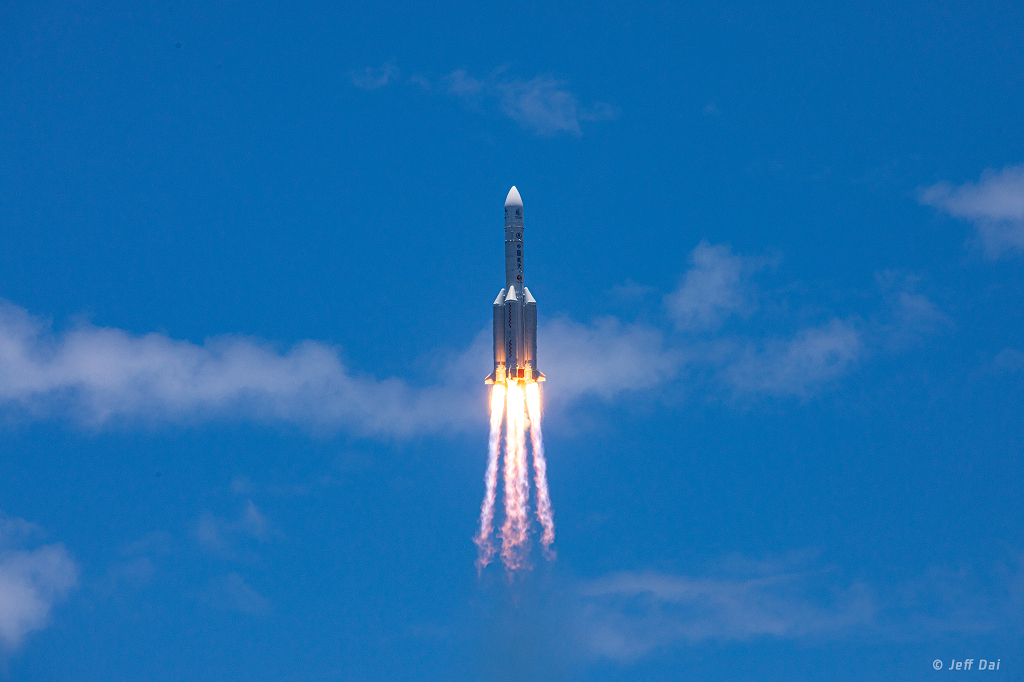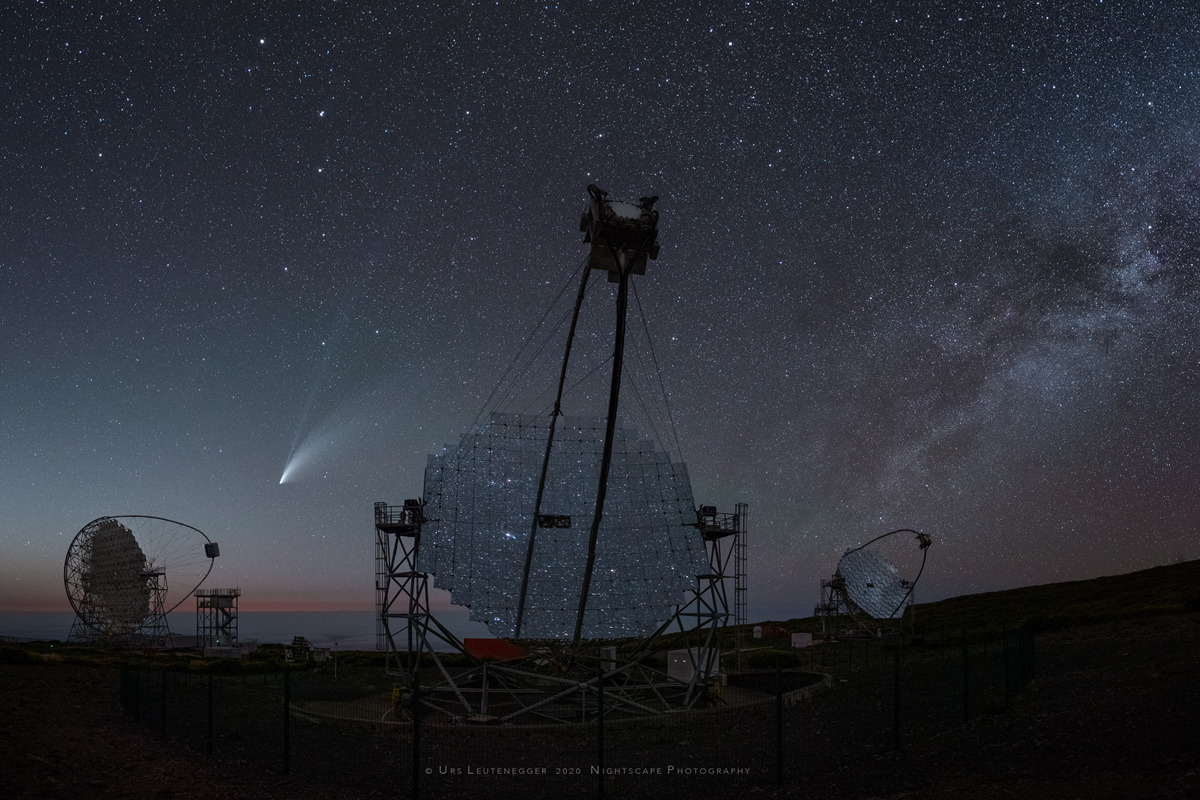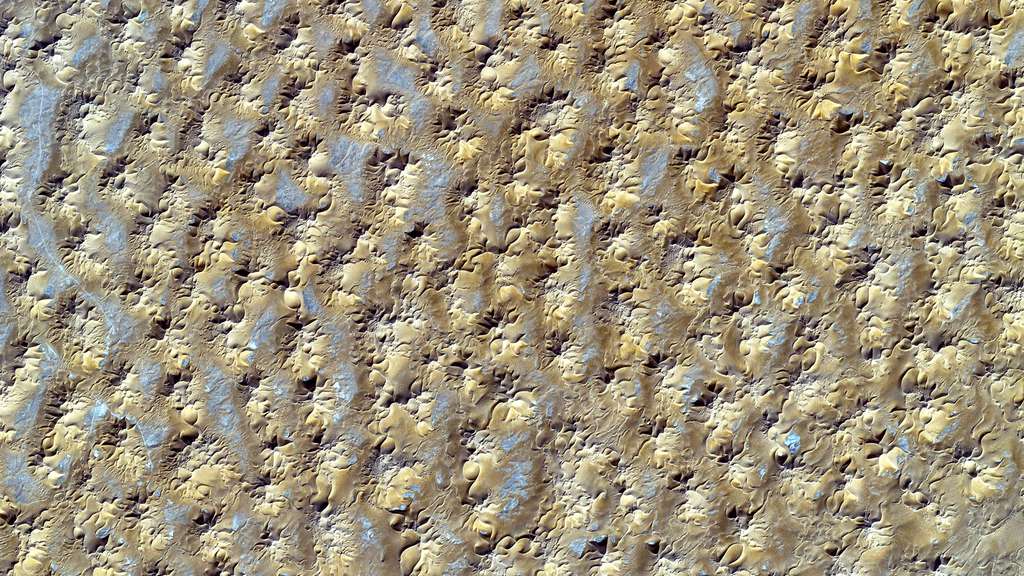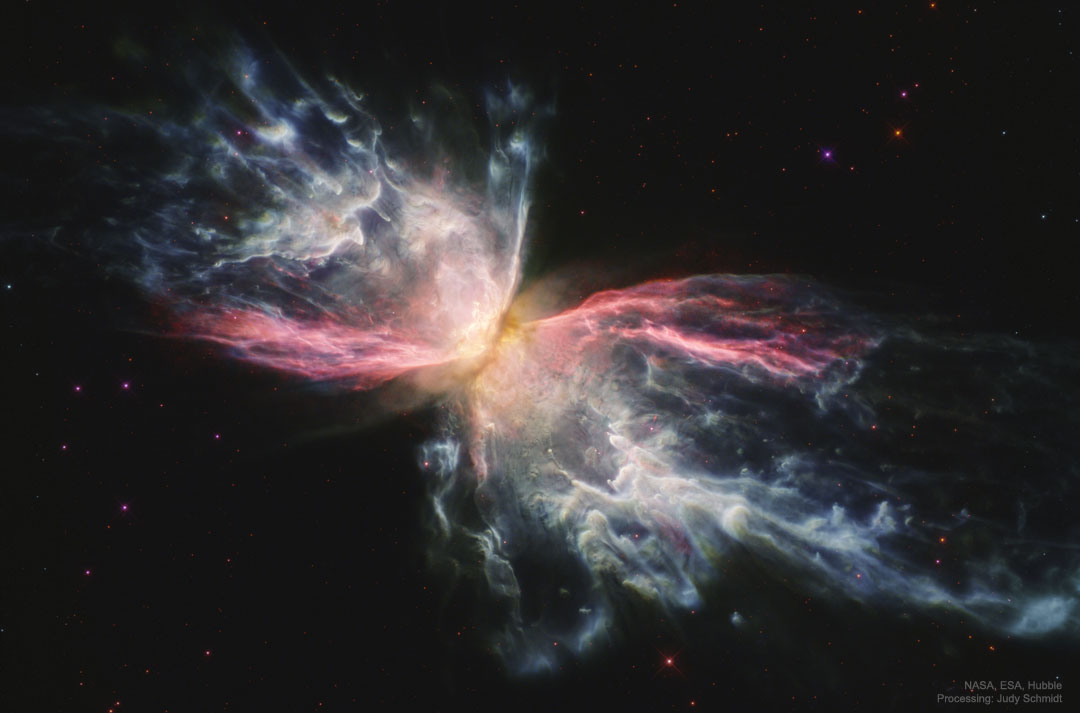
Na primeira fase do estudo, os testes mostraram que todos os voluntários apresentaram respostas imunes. O resultado preliminar foi publicado há duas semanas no New England Journal of Medicine e, apesar de desencadear efeitos secundários leves — fadiga, calafrios, dor de cabeça, dor muscular, dor no local da injeção — a resposta imunológica foi positiva.
Nessa altura, os testes foram feitos a apenas 45 adultos saudáveis, com idades entre 18 e 55 anos, que receberam duas vacinas com 28 dias de intervalo. Agora é diferente, com a fase final de testes a envolver 30 mil participantes, incluindo pessoas que estão em grupos de risco — metade recebendo a vacina, de facto, e a outra metade um placebo.
Anthony S. Fauci, o especialista em doenças infecciosas que integra o grupo de trabalhado criado por Donald Trump para lidar com a pandemia, disse em conferência de imprensa, citada pelo Washington Post, que este é “o lançamento de um evento verdadeiramente histórico na história da vacinologia”. Fauci prevê que em nos últimos meses do ano já seja possível saber se a vacina é ou não eficaz.
Em breve deverão começar também outros 30 mil testes em 120 locais por todo o mundo, feitos pela farmacêutica Pfizer, de acordo com o Washigton Post.








